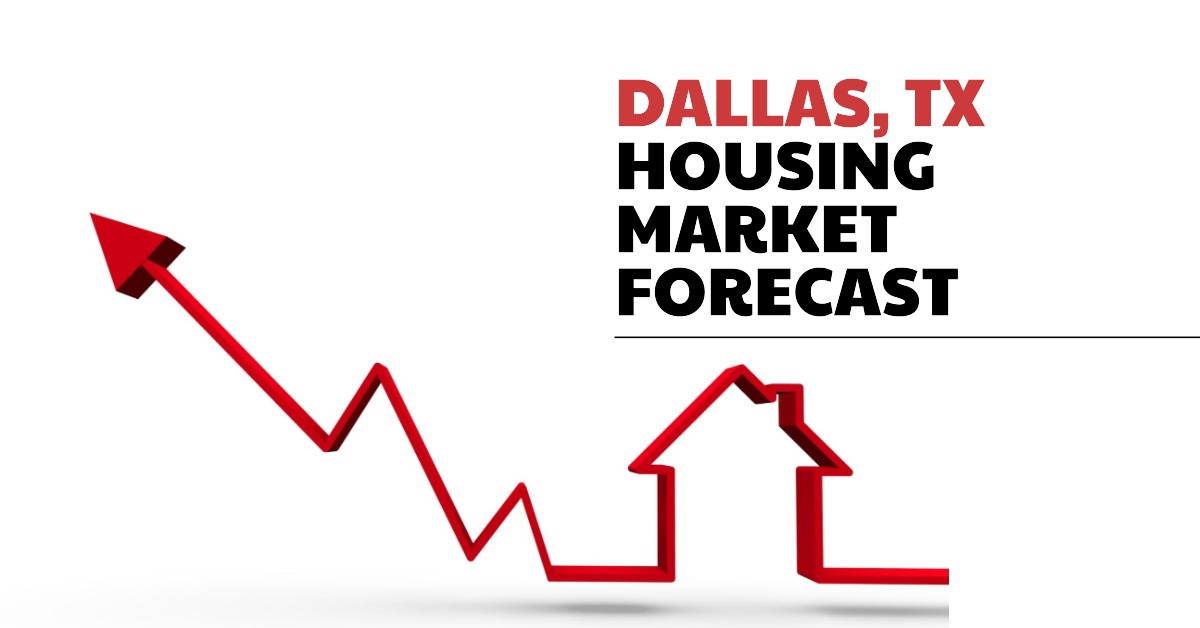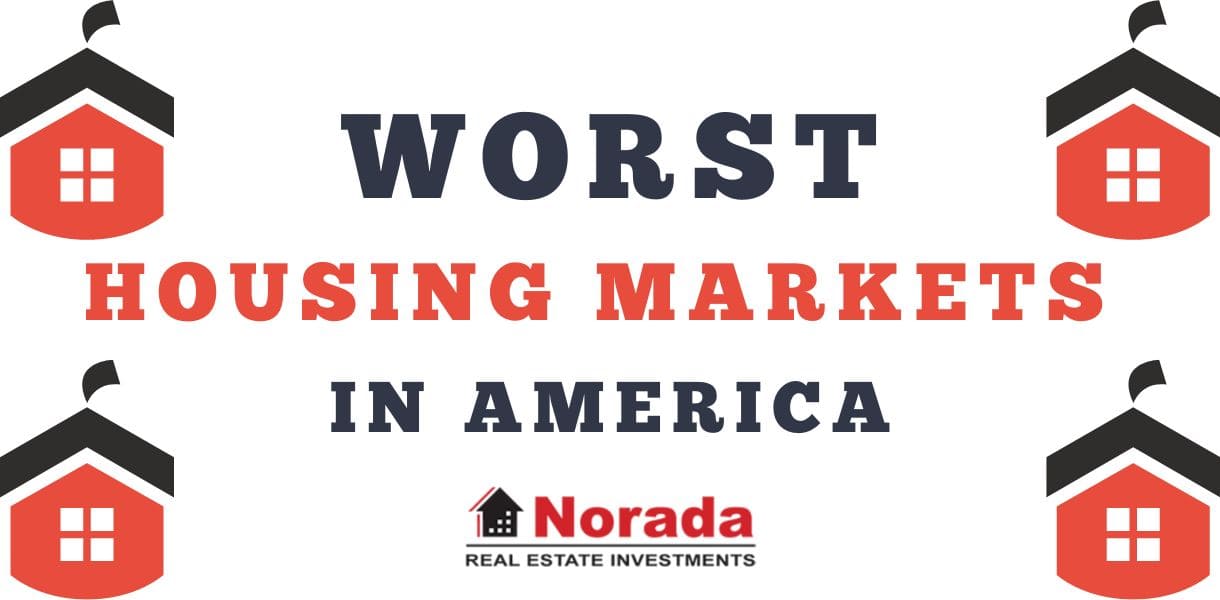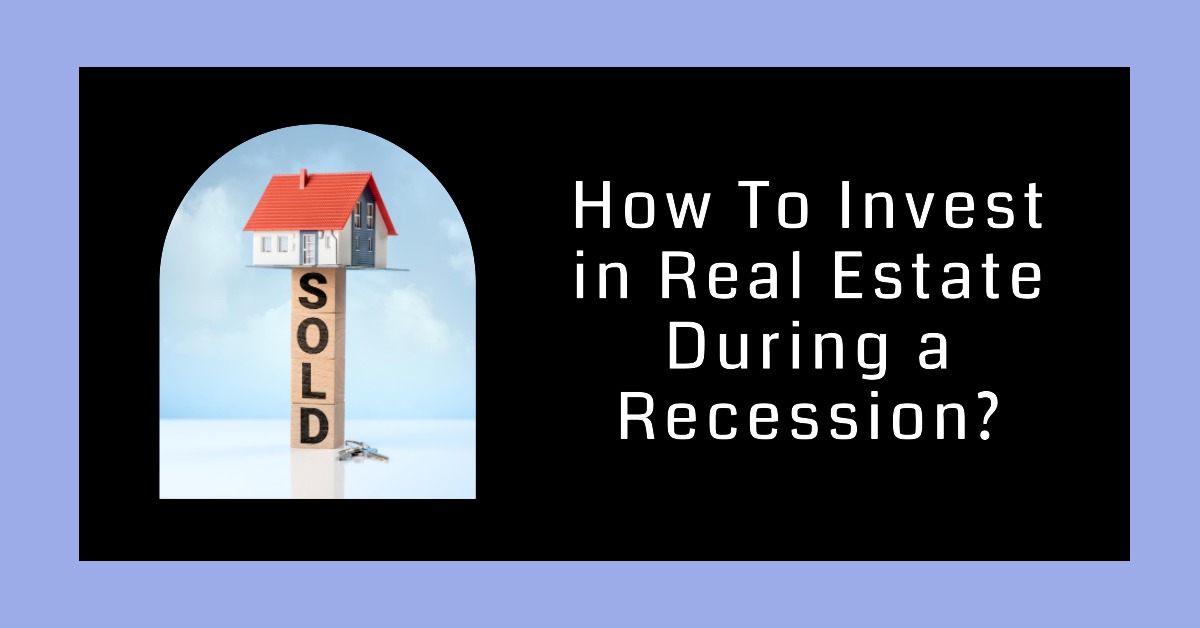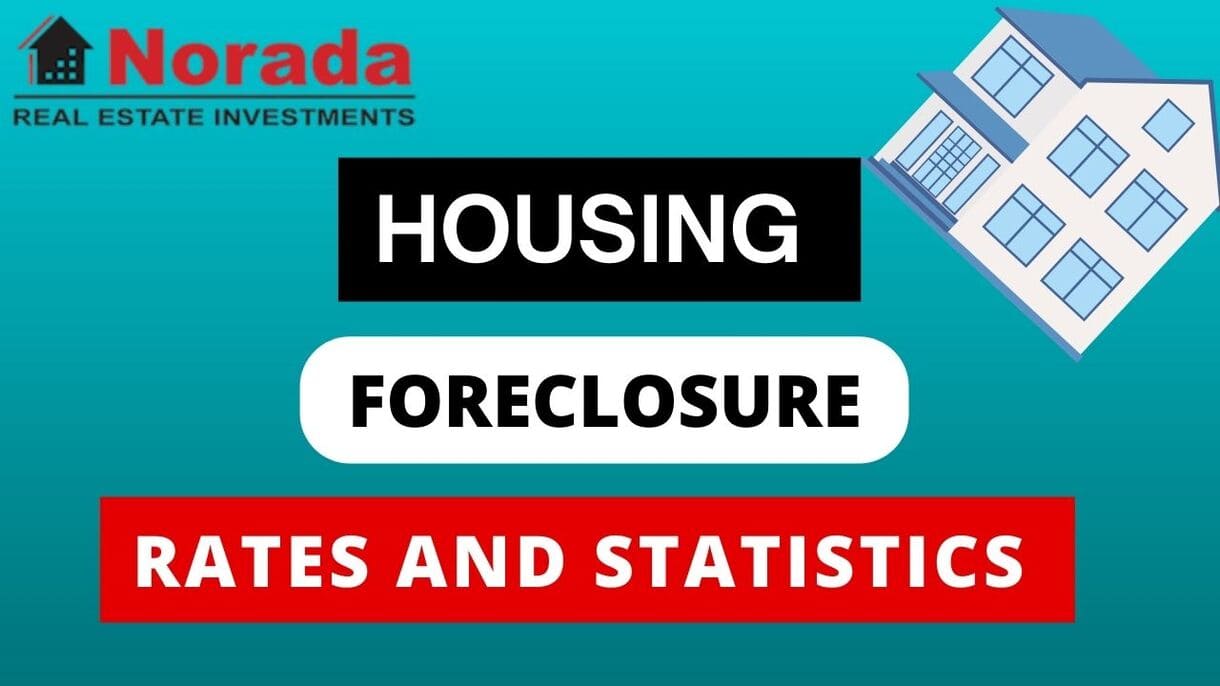I want to dive into something that’s on a lot of minds in North Texas: the Dallas housing market. If you're thinking about buying, selling, or just curious about what's happening with home prices and inventory, you're in the right place. The short answer to “What are the Dallas housing market trends?” is that while we're seeing a bit of a cooldown, opportunities still exist, especially when you understand the nuances of different property types and price points.
It's no longer the frantic bidding war free-for-all of a couple of years ago, but that doesn't mean it's a bad time to be involved in real estate here. As someone who’s been following this market closely, I’ve seen the cycles, and what’s happening now is actually a return to a more balanced state. For a while there, it felt like houses were flying off the shelves the moment they were listed, and prices were going up relentlessly. Things have definitely shifted.
Dallas Housing Market Trends: What's Happening Right Now?
Let's break down what the numbers from the Texas Real Estate Research Center are telling us for the Dallas-Fort Worth-Arlington metropolitan area in August 2025. It's always good to start with the aggregate data before we zoom in.
| Metric | August 2025 Activity | YoY % Change | Year-to-Date (YTD) Activity | YTD YoY % Change |
|---|---|---|---|---|
| Sales | 8,246 | 1.59% | 62,862 | 0.61% |
| Dollar Volume | $4.09 Billion | 1.25% | $31.77 Billion | 1.58% |
| Median Close Price | $387,599 | -2.26% | $395,000 | -1.23% |
| New Listings | 12,047 | -4.43% | 109,652 | 10.83% |
| Active Listings | 36,404 | 22.44% | 32,837 | 33.20% |
| Months Inventory | 4.7 | 17.90% | 4.7 | 17.90% |
| Days to Sell | 89 | 8.54% | 90 | 9.76% |
| Average Price PSF | $206.04 | -2.27% | $209.47 | -1.39% |
What jumps out at me immediately?
- More Homes Available: The number of active listings is up by over 22% compared to last year. That’s a significant increase and directly contributes to more months of inventory. This means buyers have more choices, which is a welcome change from a seller’s market.
- Prices are Softening Slightly: The median close price has dipped by 2.26% year-over-year. This doesn’t mean prices are crashing, but it indicates a stabilization and a slight decrease. Sellers can’t expect the stratospheric numbers from recent history.
- Homes Taking Longer to Sell: Days to sell are up to 89. This is a strong indicator that the market is cooling. Homes aren't vanishing overnight anymore.
The Job Market: Still a Driving Force?
One of the biggest reasons Dallas has been such a hot market is the sheer number of jobs being created here. Even with slight shifts, job growth is a key factor. In August, the Dallas-Fort Worth-Arlington MSA added about 27,300 jobs compared to the previous year. While the job growth rate has averaged around 3.60% over the past five years, it’s important to note that the unemployment rate nudged up to 4.37% in August from 4.22% a year ago. This slight increase in unemployment, coupled with the job growth, suggests a dynamic but not overheated employment scene. A healthy job market is still a strong foundation for housing demand.
Diving Deeper: Single-Family Homes in Dallas
Single-family homes are the backbone of the Dallas housing market, and they're showing their own distinct trends.
| Metric | August 2025 Activity | YoY % Change |
|---|---|---|
| Sales | 7,776 | 2.61% |
| Dollar Volume | $3.91 Billion | 2.11% |
| Median Close Price | $390,315 | -2.42% |
| New Listings | 11,130 | -4.26% |
| Active Listings | 33,271 | 22.12% |
| Months Inventory | 4.6 | 16.89% |
| Days to Sell | 88 | 8.64% |
| Average Price PSF | $204.50 | -1.97% |
For single-family homes, we see a modest increase in sales volume and dollar volume, which is good news. However, the median close price is down about 2.42%, and homes are taking longer to land a contract. The increased active listings are especially noticeable here, signaling more buyer choice.
From my perspective, this is where many buyers will find the most opportunities. With more inventory and slightly less competition, buyers can be more deliberate, potentially negotiate better terms, and aren't as pressured to waive contingencies. For sellers, it means pricing strategically and ensuring the home is in excellent condition is more important than ever. Gone are the days of “list it and forget it.”
Townhomes: A Different Story
Townhomes are a popular segment for those looking for a bit more space than a condo but perhaps a more manageable price point or location than a detached single-family home.
| Metric | August 2025 Activity | YoY % Change |
|---|---|---|
| Sales | 250 | -6.37% |
| Dollar Volume | $103.09 Million | -8.25% |
| Median Close Price | $359,990 | -7.22% |
| New Listings | 465 | -8.10% |
| Active Listings | 1,470 | 24.47% |
| Months Inventory | 6.0 | 25.99% |
| Days to Sell | 98 | 12.64% |
The townhome market in August 2025 is showing some softness. Sales volume, dollar volume, and median close price are all down year-over-year. Most notably, townhomes are sitting on the market longer, with days to sell climbing to 98. The months of inventory also jumped to 6.0. It seems that while inventory is up, demand might be a bit softer compared to single-family homes, leading to a more pronounced price correction and longer selling times.
Condominiums: Navigating a Challenging Phase
Condos represent another distinct segment of the market, often appealing to singles, young couples, or those seeking low-maintenance living in urban or transit-friendly areas.
| Metric | August 2025 Activity | YoY % Change |
|---|---|---|
| Sales | 217 | -20.22% |
| Dollar Volume | $74.56 Million | -22.87% |
| Median Close Price | $229,000 | -8.22% |
| New Listings | 452 | -4.84% |
| Active Listings | 1,663 | 27.43% |
| Months Inventory | 7.9 | 40.72% |
| Days to Sell | 102 | 20.00% |
The condo market in August 2025 appears to be the most challenged. We're seeing significant drops in sales volume and dollar volume. The median close price is down by over 8%, and condos are taking the longest to sell at an average of 102 days. The months of inventory have surged to nearly 8 months. This suggests that while there are more condos available for buyers, demand isn't keeping pace, leading to the most significant price adjustments and longest selling times across all property types.
Price Cohort Analysis: Where Are the Deals?
It's crucial to remember that real estate isn't monolithic. The trends can vary wildly depending on the price point. Let’s look at how different price ranges performed in August 2025.
| Price Cohort | Median Close Price | YoY % Change | Months Inventory | Days to Sell* (Approx.) |
|---|---|---|---|---|
| $0 < $70k | $60,000 | -4.76% | 3.5 | ~50 |
| $70k < $100k | $85,000 | 0.00% | 4.2 | ~60 |
| $100k < $150k | $130,000 | 0.97% | 4.3 | ~65 |
| $150k < $200k | $180,000 | 0.00% | 4.3 | ~75 |
| $200k < $250k | $228,553 | -0.59% | 3.6 | ~70 |
| $250k < $300k | $275,990 | 0.33% | 4.0 | ~70 |
| $300k < $400k | $347,000 | 0.16% | 4.4 | ~75 |
| $400k < $500k | $445,000 | 0.45% | 5.0 | ~80 |
| $500k < $750k | $590,000 | -0.84% | 5.3 | ~85 |
| $750k < $1 mil | $840,000 | -0.41% | 5.5 | ~90 |
| $1 mil + | $1,350,000 | -0.66% | 6.7 | ~100+ |
*Note: Days to Sell data not directly provided per cohort, this is an estimated range based on general market movement.
From this table, we can see that the lower price brackets ($0-$250k) are showing surprising resilience or even slight growth in median prices, despite broader market trends. The extremely low inventory and high percentage of sales in the sub-$70k range are also noteworthy, though these are typically older homes with significant renovation needed.
The middle price ranges ($250k-$500k) are experiencing very modest price increases or slight dips, with inventory still relatively tight and selling times improving from the extremes.
Where we see more of a dip in median prices and higher months of inventory (and likely longer selling times) is in the higher price brackets ($500k and above). The luxury market, in particular, is showing signs of a more significant cool-down.
My Take: What All This Means for You
What’s the bottom line? The Dallas housing market is evolving. It’s moving away from the intense seller’s market of the past and becoming more balanced. The Dallas-Fort Worth area continues to attract people, and that underlying demand is a powerful force. While we're not seeing the rapid price appreciation of previous years, it's a sign of a healthier, more sustainable market.
You have more options, more time to make decisions, and a bit more room for negotiation on price and terms. While interest rates are still a factor, the increased inventory means you’re less likely to be in a bidding war. Focus on homes that are well-priced for today's market and in good condition. Don't be afraid to look at less popular property types or segments if they fit your needs.
Dallas Housing Market Forecast 2025-2026: Will Prices Go Up or Down?
If you are wondering what will happen to the Dallas housing market, here's the skinny: Experts predict a slight decrease in home values over the next year. While it won't be a major drop, this means we might see a bit more balance returning to the market.
What's Happening Right Now?
Currently, the average home value in the Dallas-Fort Worth-Arlington area is around $377,186. That's according to Zillow and represents a 2.8% decrease over the past year. Real estate is local, so here's a deeper dive into what the experts are predicting for Dallas's real estate future.
Breaking Down the Dallas Housing Market Forecast:
Zillow regularly updates its housing market forecasts, and here's what they see for Dallas:
| Forecast Period | Predicted Home Value Change |
|---|---|
| End of June 2025 (30-06-2025) | -0.6% |
| End of August 2025 (31-08-2025) | -1.5% |
| End of May 2026 (31-05-2026) | -2.2% |
This data suggests a gradual, but consistent, decline in home values in the Dallas area over the next year.
How Does Dallas Compare to Other Texas Cities?
It's essential to put the Dallas forecast into perspective. Here's a comparison with other major Texas metropolitan areas (again, using Zillow's projections):
| City | Predicted Home Value Change by May 2026 |
|---|---|
| Dallas | -2.2% |
| Houston | -1.8% |
| San Antonio | -3.2% |
| Austin | -4.2% |
| McAllen | 0.9% |
| El Paso | 0.9% |
| Killeen | -1.0% |
| Corpus Christi | -4.2% |
As you can see, Dallas is somewhere in the middle compared to other major Texas cities. Austin and Corpus Christi are predicted to see more significant declines, while McAllen and El Paso are actually expected to see modest growth.
National Trends and Expert Opinions
It's not just about Texas! What's happening across the nation? Lawrence Yun, the Chief Economist for the National Association of Realtors (NAR), is optimistic about the broader housing market. He believes the situation is improving.
Yun's key predictions include:
- Existing Home Sales: Rising 6% in 2025 and 11% in 2026.
- New Home Sales: Increasing 10% in 2025 and 5% in 2026.
- Median Home Prices: Increasing 3% in 2025 and 4% in 2026.
- Mortgage Rates: Averaging 6.4% in the second half of 2025 and dropping to 6.1% in 2026.
This suggests that while Dallas might see a slight dip, the overall national trend is toward a more positive market.
So, Will Home Prices Drop in Dallas? Will It Crash?
I don't believe Dallas is headed for a housing market crash. The forecast points towards a moderate cool-down rather than a dramatic collapse. Several factors are still supporting the market, including population growth.
Looking Ahead to 2026
In my opinion, While it is hard to predict with certainty, based on the above data, I anticipate a gradual correction in home prices. The Dallas economy remains relatively strong & it's unlikely we'll see drastic drops. Ultimately, the Dallas housing market is dynamic, and these forecasts are just snapshots in time!
Should You Invest in the Dallas Real Estate Market?
Is Dallas a Good Place For Real Estate Investment? The Dallas-Fort Worth (DFW) metroplex is a booming region in Texas, consistently ranking high on lists of attractive real estate investment markets. But is it the right choice for you? Here's a detailed breakdown of key factors to consider:
City's Population Growth and Trends
- Rapid Growth: Dallas is experiencing explosive population growth. Fueled by a strong job market and affordable living costs, the metroplex is projected to add over one million residents by 2030 [Dallas Business Journal]. This translates to a constant demand for housing, benefiting both rental and sales markets for investors.
- Diverse Demographics: The DFW population is young and diverse, with a millennial-heavy demographic. This group typically fuels the rental market as they prioritize flexibility and affordability over immediate homeownership. Millennials are also known for their entrepreneurial spirit, further contributing to the area's economic dynamism.
Economy and Jobs
- Strong Job Market: Dallas boasts a diversified economy with a strong presence of healthcare, finance, and technology industries. This translates to job security and a steady influx of professionals seeking quality housing, bolstering rental markets. The Dallas-Fort Worth (DFW) metropolitan area had a 6.5% job growth rate in February 2024, which was higher than the national average of 1.7%. This growth was driven by gains in manufacturing, financial activities, and leisure and hospitality. In 2023, the DFW metroplex added more than 154,000 new jobs, which was the second-highest number in the country after New York City.
- Corporate Relocation Hub: Major corporations are increasingly choosing Dallas for their headquarters or regional offices. This trend in corporate relocation further strengthens the job market and creates a consistent demand for housing. Companies like Toyota North America and Topgolf have recently made the move to DFW, highlighting the region's attractiveness to businesses.
Livability and Other Factors
- Business-Friendly Environment: Texas is known for its low taxes and business-friendly regulations, making it an attractive location for entrepreneurs and established companies alike. This fosters economic growth and a stable environment for real estate investment.
- Relatively Affordable Living: While home prices have risen in recent years, Dallas remains more affordable compared to other major coastal cities. The cost of living in Dallas is significantly lower than in places like San Francisco or Los Angeles. This affordability continues to attract residents and renters, creating a healthy and dynamic housing market.
- High Quality of Life: Dallas offers a high quality of life with a vibrant culture, diverse neighborhoods, and a range of entertainment options. The Dallas Arts District is a major hub for cultural attractions, while trendy neighborhoods like Deep Ellum offer a lively nightlife scene. This attracts residents and renters seeking a well-rounded lifestyle, boosting the overall demand for housing.
Rental Property Market Size and Growth
- Large and Growing Market: The Dallas rental market is vast and flourishing. With a high percentage of residents choosing to rent, investors can find a wide variety of properties with strong rental potential. The dominance of the rental market can be attributed to several factors, including the young and transient nature of the population, and the affordability advantage of renting compared to buying in a market with rising home prices.
- Favorable Rental Yields: Dallas offers competitive rental yields compared to the national average. This means investors can expect a healthy return on their investment through rental income. Yields can vary depending on property type, location, and overall market conditions, so careful research is crucial.
Other Factors Related to Real Estate Investing
- Market Shift: As of May 2024, the Dallas market is transitioning from a seller's market to a buyer's market. This presents an opportunity for investors to potentially negotiate better deals and acquire properties at a more favorable price point. A buyer's market can also mean more time to conduct due diligence and research potential properties.
- Rising Interest Rates: The recent rise in interest rates can impact investor calculations. Higher interest rates can increase financing costs and potentially lower profit margins. However, Dallas' strong fundamentals and potential for appreciation, along with the possibility of a more balanced market, can still make it a worthwhile investment. Investors with strong financial reserves and long-term investment horizons may be better positioned to weather short-term fluctuations in interest rates.
Remember: Real estate investing involves inherent risks. Conduct thorough research, consider your financial goals, and consult with a qualified financial advisor before making any investment decisions. By carefully weighing the factors outlined above, you can make an informed decision about whether investing in the Dallas real estate market aligns with your investment strategy.
Recommended Read:





